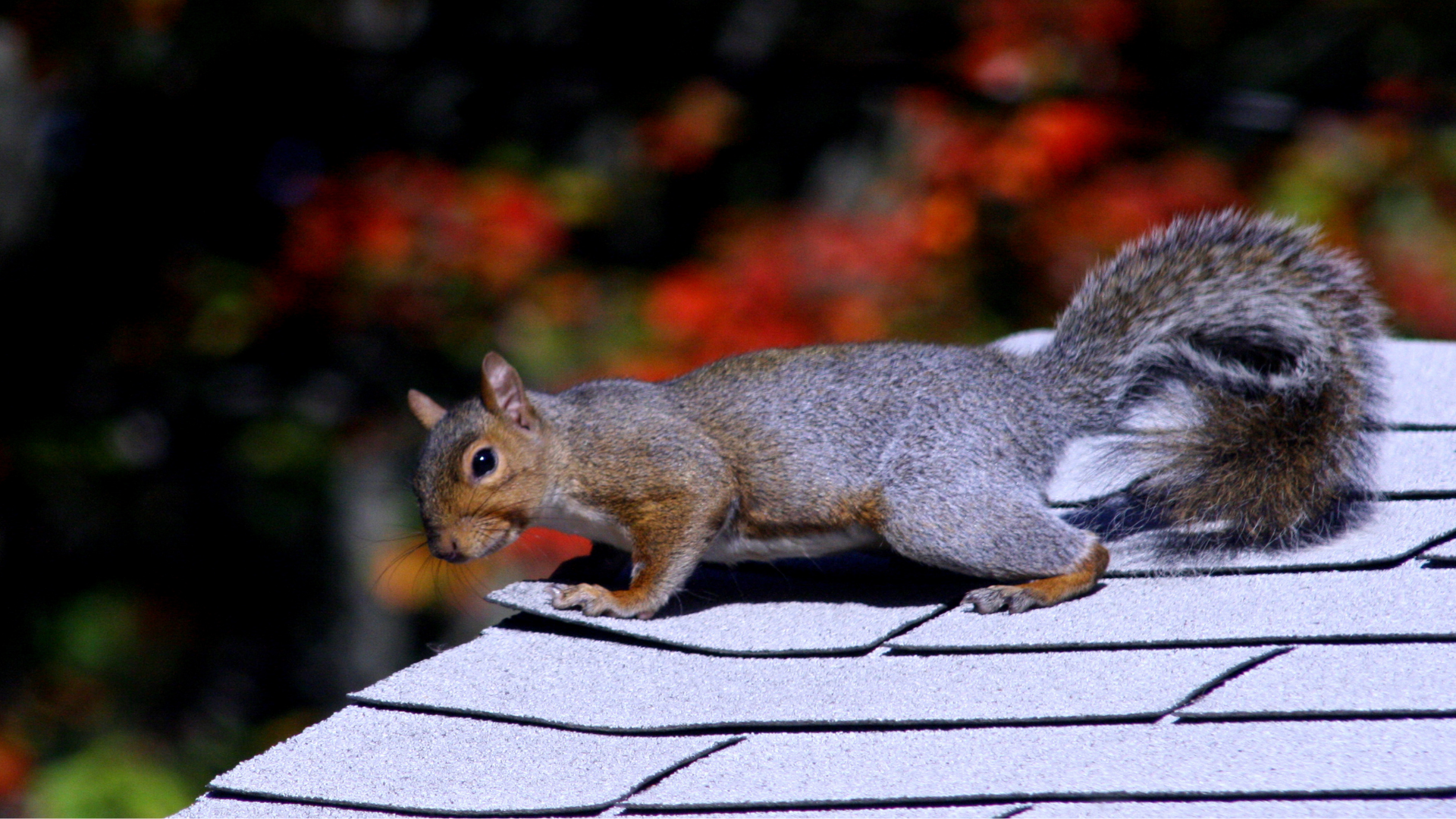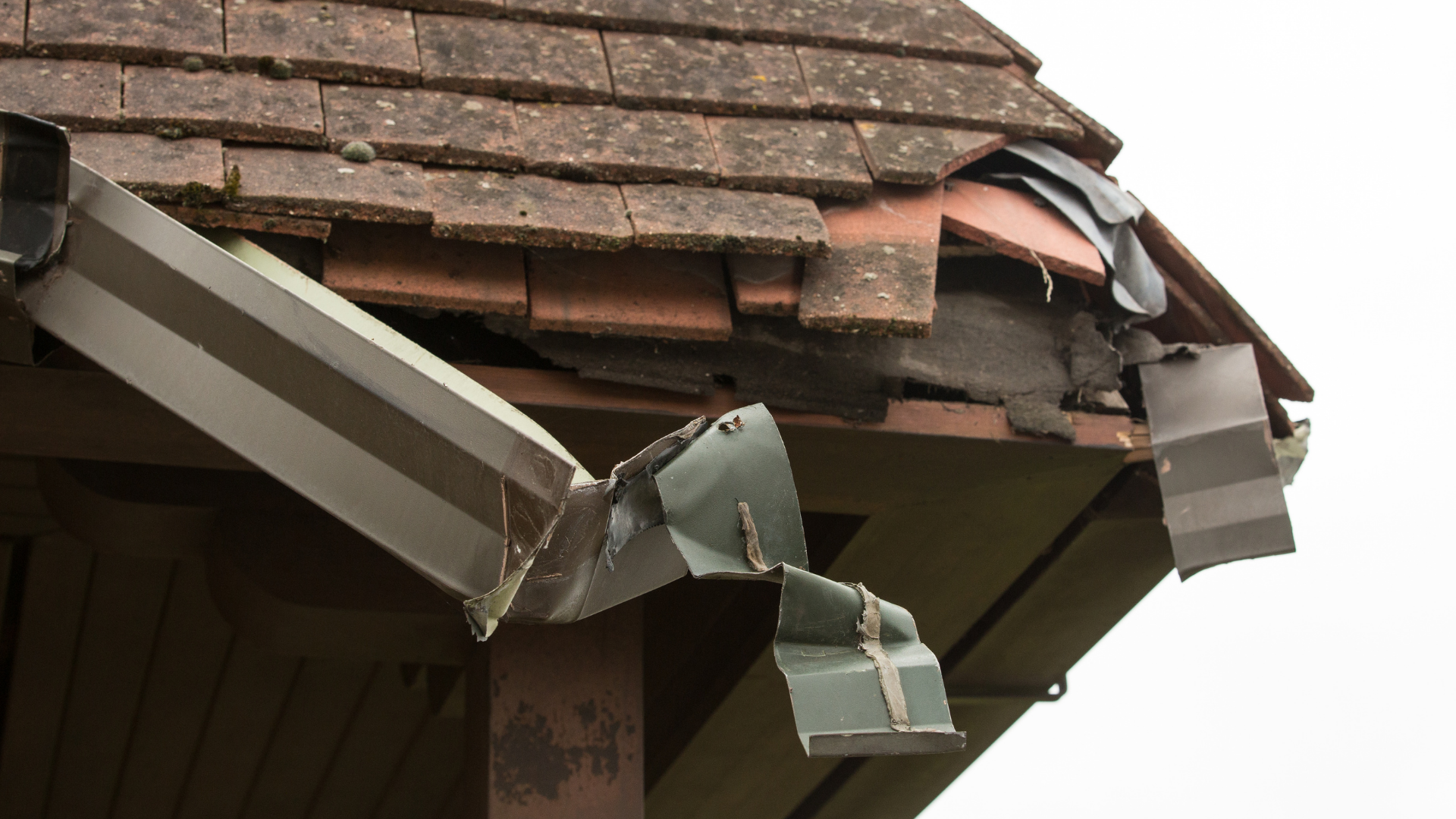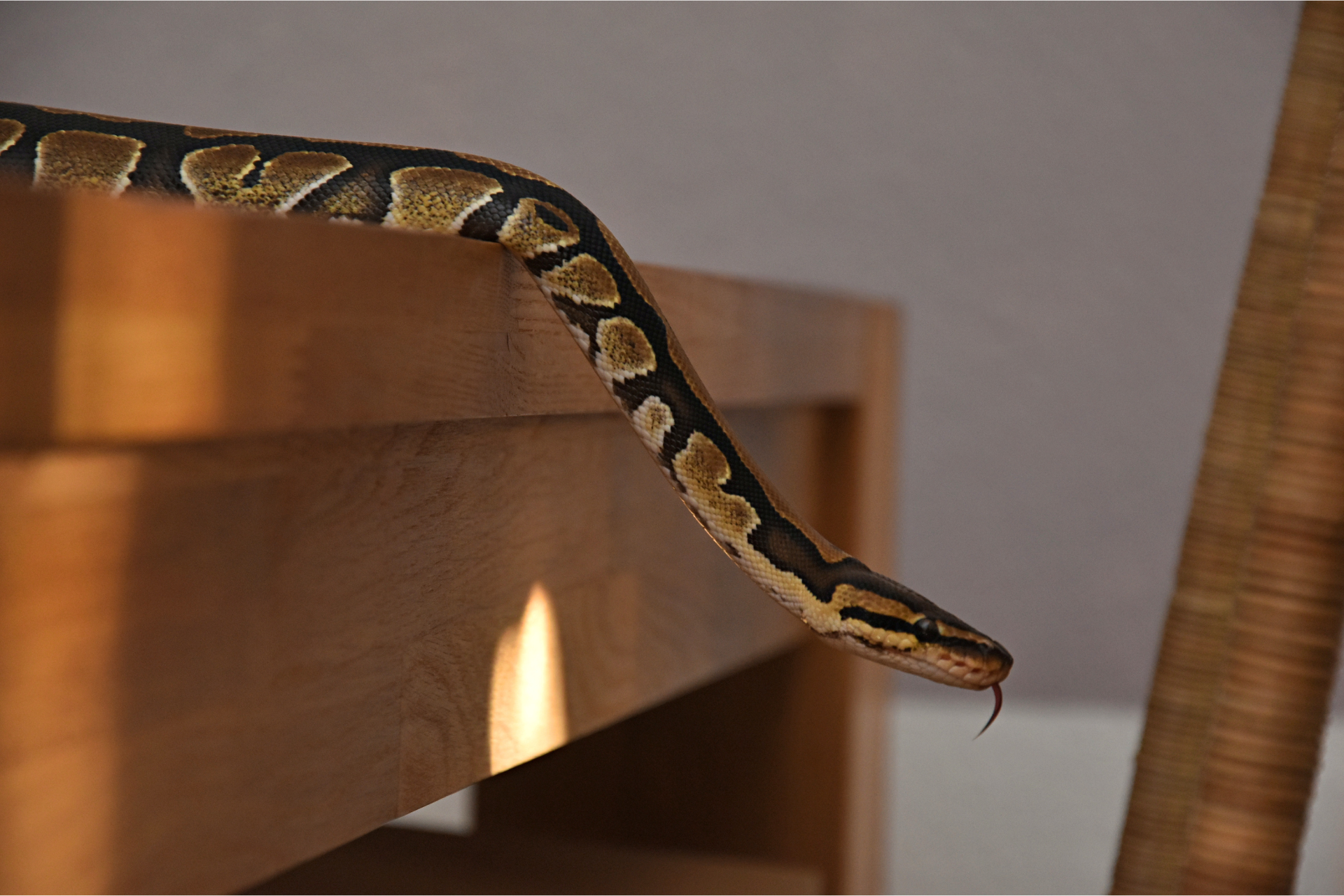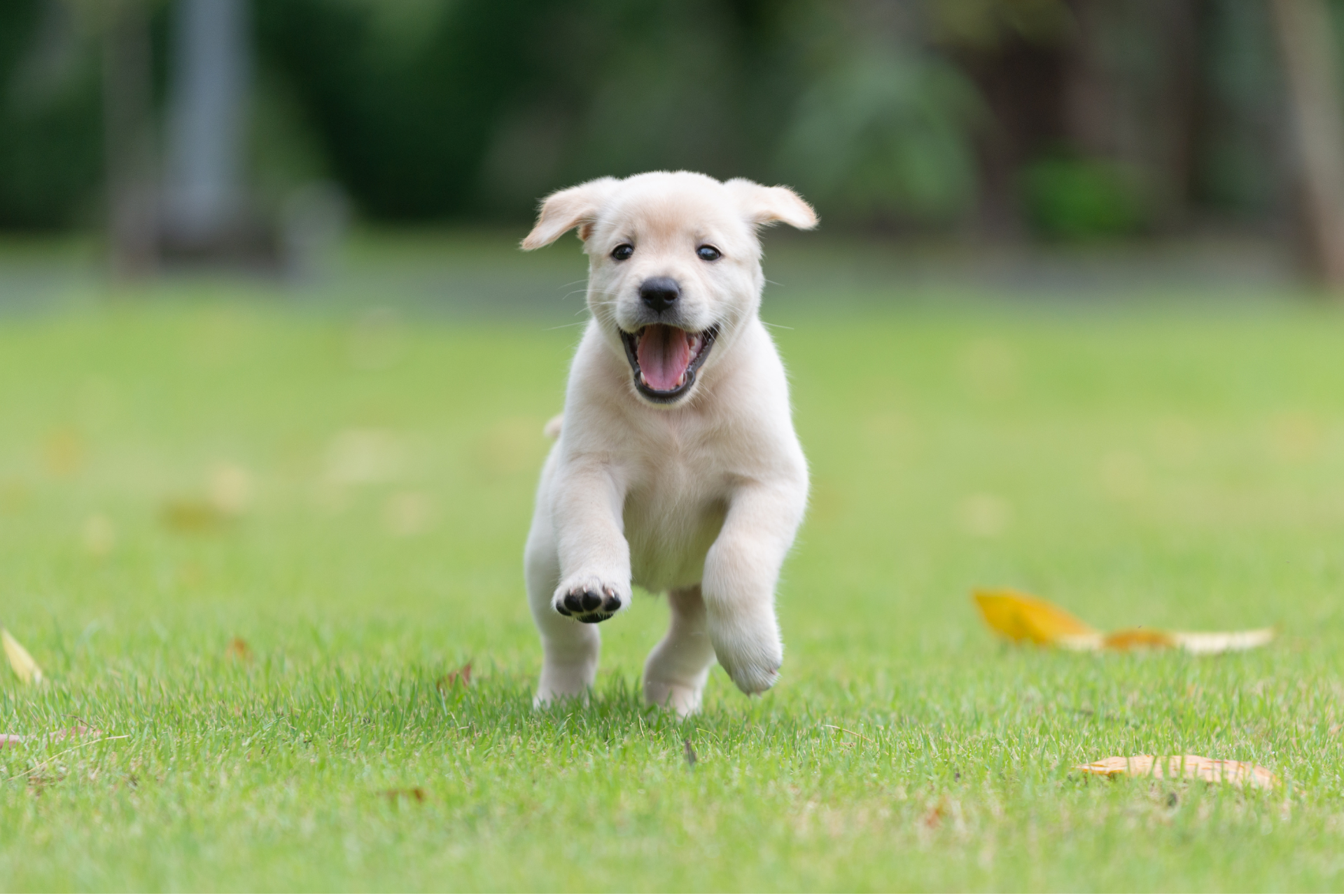Seasonal Wildlife Patterns And Prevention
How Animal Behavior Changes Throughout The Year
As the warmth returns and Mississippi thaws from the cooler months, animal behavior begins to shift dramatically. Spring sparks a cascade of activity in the wild—nesting, breeding, and the sudden reappearance of creatures that seemed to vanish over winter. It’s a season driven by reproduction and renewal, and that comes with a surge in territorial instincts and bolder movement patterns.
Raccoons, for example, often expand their range during this time. Males may roam farther looking for mates, while females begin searching for quiet, secure spots to rear their young. Attics, crawlspaces, and unused sheds suddenly become prime targets, and these entry-seeking behaviors usually escalate from March through May. Squirrels also become more active, particularly in suburban and wooded neighborhoods, as they hunt for nesting material and dig furiously to establish dens.
Birds migrate back into the region, introducing an uptick in nesting along ledges, gutters, and chimney flues. This nesting phase can create blockages in ventilation systems and a noticeable increase in noise from flapping, pecking, and chirping. With increased hormones and the instinct to reproduce in full swing, animals take risks they wouldn’t during colder months—crossing roads, scaling houses, and invading yards without hesitation. It's not uncommon for snakes to begin emerging as well, especially in areas where they’ve found suitable hibernation spots through the winter. Spring is noisy, crowded, and filled with movement.
Summer Strategies: Feeding, Foraging, And Expansion
Once spring transitions into the long, humid Mississippi summer, the focus among most wild animals turns to feeding and expanding territory. This is a time of opportunity, but also heightened conflict between wildlife and humans. With longer daylight hours and thick vegetation offering more coverage, animals often increase their foraging activities, even during daylight.
Opossums and armadillos, common in this part of the country, are frequently spotted tearing up lawns in search of insects and grubs. The warm, moist soil after summer rains makes it easier for them to dig, and they follow scent trails right up to porches, patios, and under decking. Skunks, too, become more visible—particularly at dusk—when they wander into neighborhoods looking for accessible trash or food scraps left behind by pets.
Rodents such as mice and rats thrive during this season, especially if food sources are plentiful. Bird feeders, pet bowls, overflowing trash bins—anything that smells remotely edible can attract these opportunistic feeders. Once they find a good supply, they’ll build nests in nearby insulation, garages, or even inside HVAC systems. And by midsummer, young animals born in spring are starting to venture off on their own, increasing the overall movement in and around human structures.
This is also the time bats may be noticed roosting in attics or behind shutters. With pups to raise, mother bats stay close to nesting sites, and their presence often becomes apparent due to scratching noises or guano buildup around entry points. Summer’s heat pushes some animals into shaded, air-conditioned places, making homes particularly attractive for shelter.
Fall Preparations: Hoarding And Shelter Seeking
As the first hints of cooler weather creep into Mississippi air, wildlife gears up for fall preparations. Animals become more focused and industrious during this time, driven by the internal clock that says it’s time to prepare for leaner months. Squirrels and chipmunks begin hoarding food—acorns, seeds, and just about anything they can stash away. You’ll notice more digging in gardens and planter boxes, and it’s not unusual to hear rustling sounds in wall voids or attics where they’ve found storage space.
Raccoons shift their behavior again, trading spring’s aggressive wandering for calculated den-seeking. Their goal is to find shelter before the real cold hits, and attics, chimneys, and even wall cavities offer the insulation they’re after. Skunks dig deeper burrows, often under porches and decks, where they remain undetected until their scent gives them away. Rodents double down on their nesting efforts, chewing through insulation, wood, and sometimes even wires, creating both mess and hazard.
Snakes, depending on the species, become less active on the surface but more likely to be found under homes, in basements, or tucked into firewood piles as they prepare for brumation. As natural food sources begin to dry up and nights get cooler, it becomes increasingly likely for wild animals to move closer to human homes.
Bird activity changes, too. While some species begin migrating out of the area, others stick around and become more aggressive about food as insects and seeds grow scarce. This shift often results in more aggressive behavior around bird feeders or trash bins. Fall is a season of calculated movement, with animals methodically preparing for the challenges of winter ahead.
Winter Dormancy: Silence, Shelter, And Stealth
Winter in Mississippi doesn’t usually bring brutal snowstorms, but it still marks a slowdown in wildlife activity. That doesn’t mean the animals disappear—it just means they’re moving differently. Some, like squirrels and raccoons, remain active but reduce their movement to conserve energy. Others, such as certain bat species and snakes, enter a more dormant state and become practically invisible unless disturbed.
Rats and mice, however, become more of a concern during these months. While other creatures bed down or reduce activity, rodents go on the offensive. They push deeper into homes through foundation cracks, utility gaps, and attic vents, seeking warmth, water, and food. Once inside, they nest in insulation, behind appliances, or anywhere they can remain hidden and undisturbed. You might not hear them immediately, but the evidence—droppings, gnaw marks, food contamination—tends to add up fast.
Raccoons and opossums that found a den in fall might not leave it often, but they haven’t abandoned it either. On warmer winter days, they’ll emerge to feed, making them more erratic in their appearance. With fewer food options outdoors, their search often takes them straight to garbage cans, bird feeders, or poorly sealed entry points around homes.
Wildlife behavior in winter is generally more subdued but can be deceptively impactful. With quiet comes stealth, and many animals use this season to go unnoticed while they nest or shelter inside structures. The longer they remain undetected, the more damage they can cause—chewed wires, contaminated insulation, or structural wear that isn’t discovered until spring comes back around.
Understanding the way animals behave throughout the year gives us the upper hand when it comes to managing their presence. In Mississippi, the seasons may not shift as dramatically as in colder states, but they still influence movement, nesting habits, feeding patterns, and how likely wildlife is to target your home for shelter or food. That’s why each removal or exclusion strategy needs to be informed by timing—what’s normal behavior in June might look completely different in December.
At Wildlife Resolutions, we track these seasonal patterns closely and build our services around them. Whether you’re dealing with springtime nesting, summer foraging, or winter denning, we know what to expect—and how to respond. If you’re hearing strange noises, noticing damage, or suspect something’s made itself a little too comfortable on your property, we’re ready to help.
Contact Wildlife Resolutions today and let’s take the next step in resolving the problem together.










